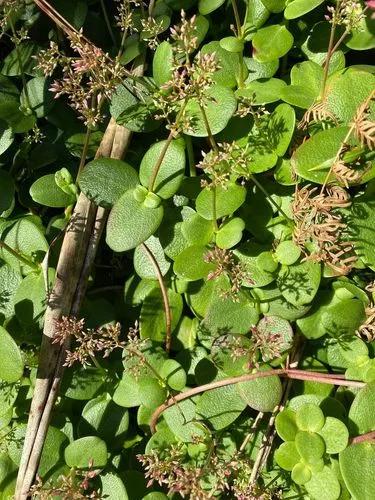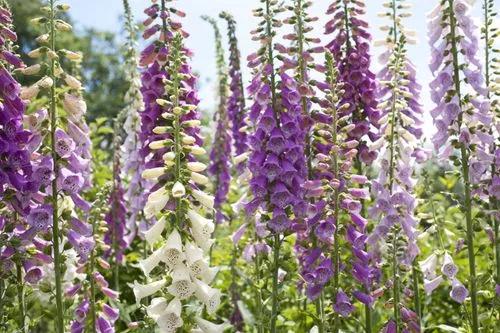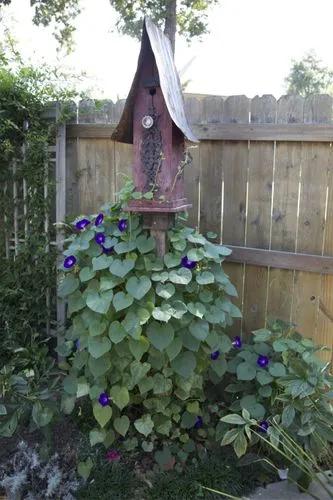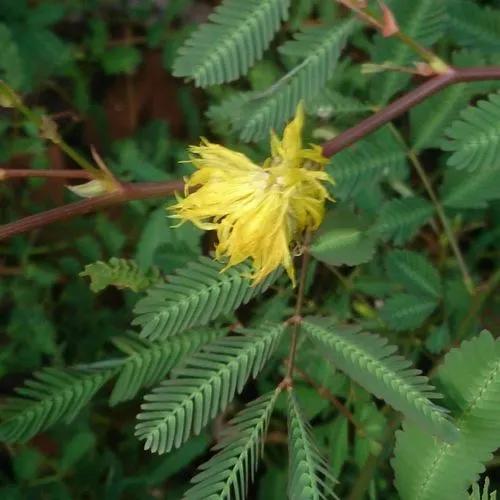A true miniature Gardenia, Gardenia jasminoides 'Radicans' (Cape Jasmine) is a small, prostrate or spreading, evergreen shrub with lustrous, lance-shaped, dark green leaves and strongly fragrant, petite double white flowers, 1 in. across (2.5 cm). A true miniature Gardenia, Gardenia jasminoides 'Radicans' (Cape Jasmine) is a small, prostrate or spreading, evergreen shrub with lustrous, lance-shaped, dark green leaves and strongly fragrant, petite double white flowers, 1 in. across (2.5 cm).
Radicans Dwarf Gardenia Care
Gardenia Jasminoides 'radicans'



How to Care for the Plant

Water

Keep soil continuously moist but reduce watering in the winter. Drip irrigation is a good method since it keeps water off the leaves, which can cause fungal leaf spots.

Pruning

Prune gardenias after the plants have stopped blooming, removing straggly branches and spent blooms.

Fertilizer

For garden plants in warm regions, feed in mid-March using an acid fertilizer, then again in late June. Don't feed gardenias in the fall. For container plants, feed about every three weeks with an acidifyin fertilizer—the type used for azaleas or camellias is a good choice.

Sunlight

Indoors, give gardenias bright light, but avoid direct sunlight, especially during summer. Outdoors, they prefer a part shade location.

Soil

Gardenias are acid-loving plants, so they prefer soil with a slightly lower pH. Normal potting mixes with a peat base meet this criterion. When planted outdoors, it's best to test the soil for pH and amend as needed to create ideal conditions for the plant. A teaspoon of agricultural sulfur mixed into the planting hole may help lower soil pH.

Temperature

Gardenias require temperatures above 60 degrees Fahrenheit. Avoid cold drafts if the temperature drops lower. These plants prefer a high humidity level, above 60 percent. In climates with cold, dry winter air, indoor plants may require the use of a humidifier or constant misting to maintain proper humidity.

Container

When planted in containers, plant gardenias in a good-quality peat-based potting mix. It's a good idea to repot your gardenia in the spring or every other spring, as needed. If it seems to be pot-bound or not as healthy as it had been, but you find no insects or diseases, it usually is a good signal that it needs to be repotted. Use a low-pH potting soil formulated for rhododendron or gardenias.

Additional

Gardenias have no known toxicity for humans, but pets may experience symptoms if any parts of the plant are ingested. These plants contain geniposides and gardenosides, substances that many animals are sensitive to.

Popularity

627 people already have this plant 83 people have added this plant to their wishlists
Discover more plants with the list below
Popular articles






